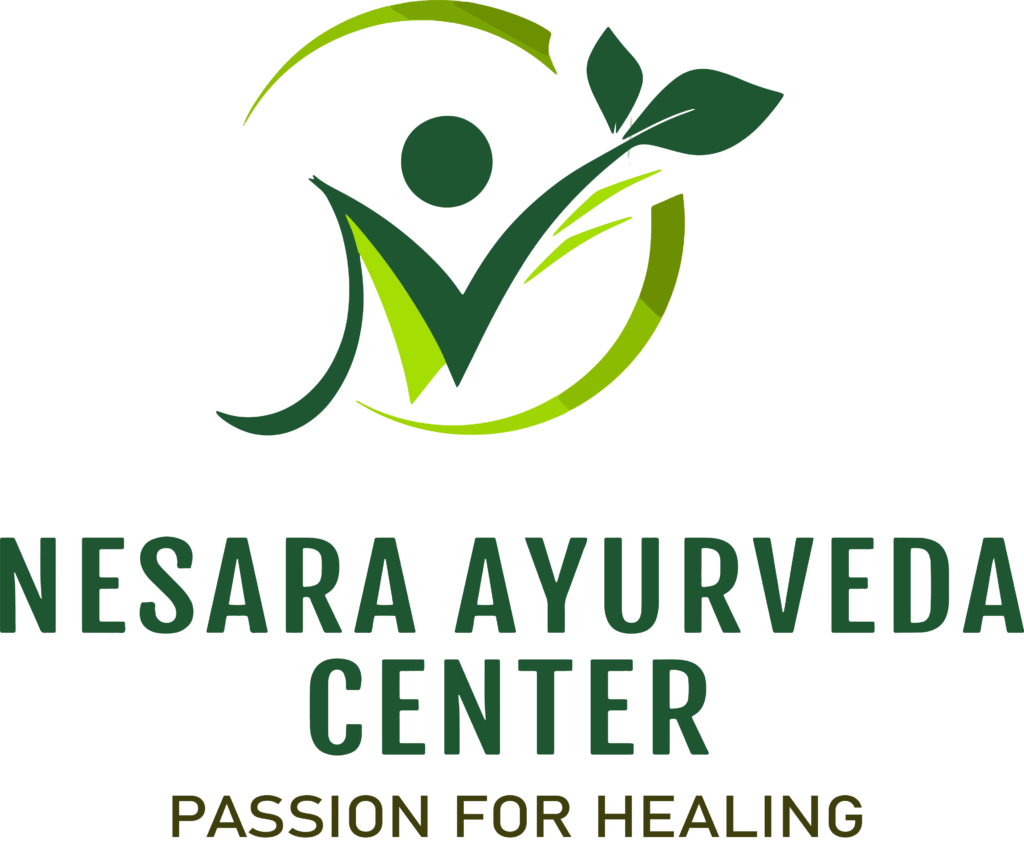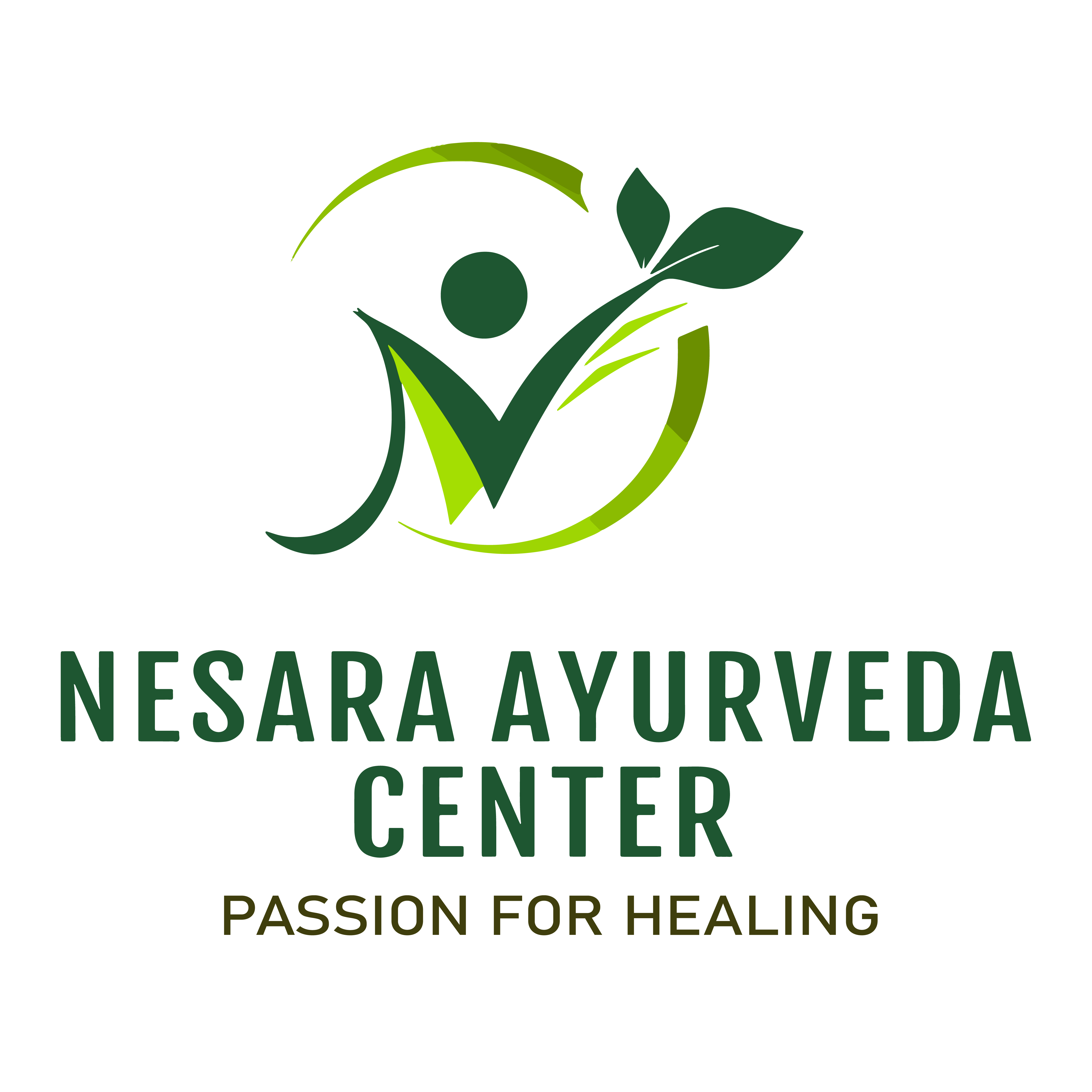Stress Management
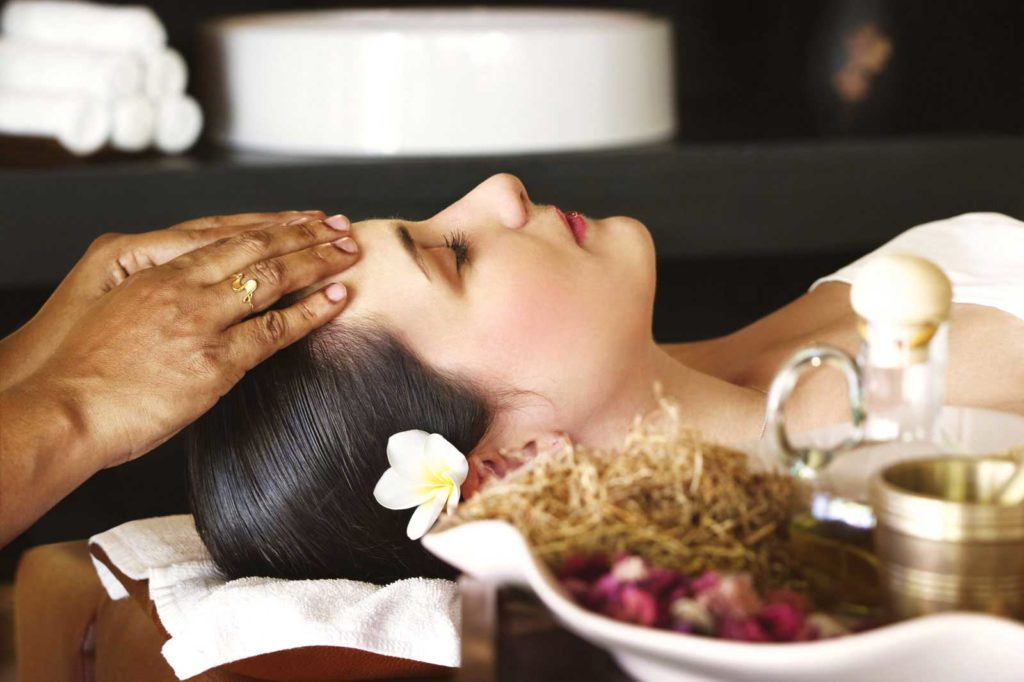
Stress management in Ayurveda is a holistic approach that combines ancient Indian wisdom with natural remedies to address the root causes of stress and promote overall well-being. Ayurveda recognizes that stress can disrupt the balance of the doshas (Vata, Pitta, and Kapha), leading to physical and mental imbalances.Ayurveda takes a holistic approach, focusing on balancing the doshas, embracing natural remedies, and promoting overall wellness.
Here's a brief overview of stress management in Ayurveda:
Understanding the Doshas:
Ayurveda categorizes individuals into three doshas: Vata, Pitta, and Kapha, each with its own unique characteristics. Stress can affect each dosha differently. Understanding your dosha can help tailor stress management techniques to your constitution.
Balancing the Doshas:
Ayurveda aims to balance the doshas to maintain health and prevent stress-related imbalances. This involves dietary choices, lifestyle adjustments, and herbal remedies specific to your dosha.
Diet and Nutrition:
Ayurvedic principles emphasize a balanced diet that is suitable for your dosha. This includes eating fresh, whole foods and avoiding processed or excessively spicy foods. Herbal supplements may be recommended to support stress management.
Ayurvedic Herbs and Adaptogens:
Ayurveda employs a range of herbs and adaptogens like Ashwagandha and Brahmi, which are believed to reduce stress, improve resilience, and promote mental clarity.
Panchakarma:
Panchakarma is an Ayurvedic detoxification and rejuvenation process that can help eliminate stress-related toxins from the body and restore balance.
Mental and Emotional Well-being:
Ayurveda acknowledges the mind-body connection and offers strategies for emotional wellness. This may include counseling, journaling, and self-reflection.

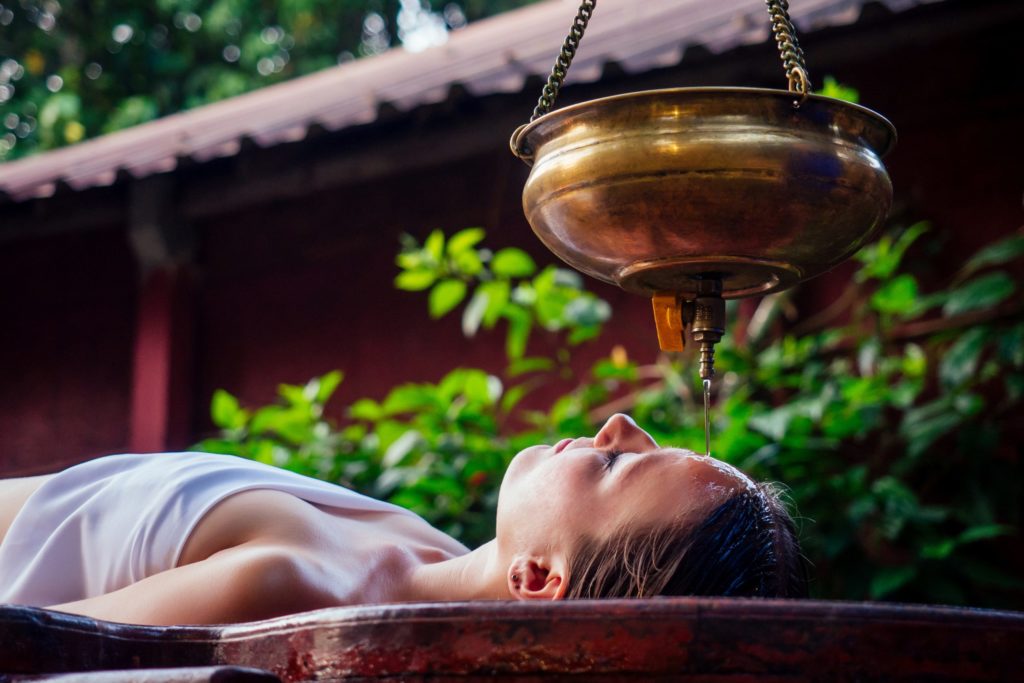
Certainly, here are some of the benefits of using Ayurveda for stress management:
Holistic Approach:
Ayurveda takes a holistic approach to stress management, addressing not just the symptoms but also the root causes, considering the individual's unique constitution, and promoting overall well-being.
Personalized Solutions:
Ayurveda tailors stress management strategies based on an individual's dosha, ensuring that the methods are suited to their specific needs and imbalances.
Natural Remedies:
Ayurveda primarily employs natural remedies, including herbs, diet, and lifestyle adjustments, which are generally safe and have minimal side effects when compared to pharmaceutical interventions.
Mind-Body Connection:
Ayurveda recognizes the deep connection between the mind and body. By addressing mental and emotional aspects, Ayurveda helps individuals achieve a state of balance and emotional well-being.
Long-Term Benefits:
Ayurvedic stress management focuses on restoring balance and overall health, providing sustainable benefits that extend beyond immediate relief.
Better Sleep:
Ayurveda offers practices and remedies to improve sleep quality, a crucial component of stress management and overall health.
Moordha Taila for Healthy Mind And De-stressing Therapies
Types of Shirodhara
Continuous and steady pouring of warm medicated oil,herbal decoction or other medicated liquids on to the forehead.This therapy induces a relaxed state of awareness resulting in dynamic,psychosomatic balance.It is effective in anxiety disorders,insomnia, neurological conditions,headache,hypertention,scalp psoriasis and psychological conditions.
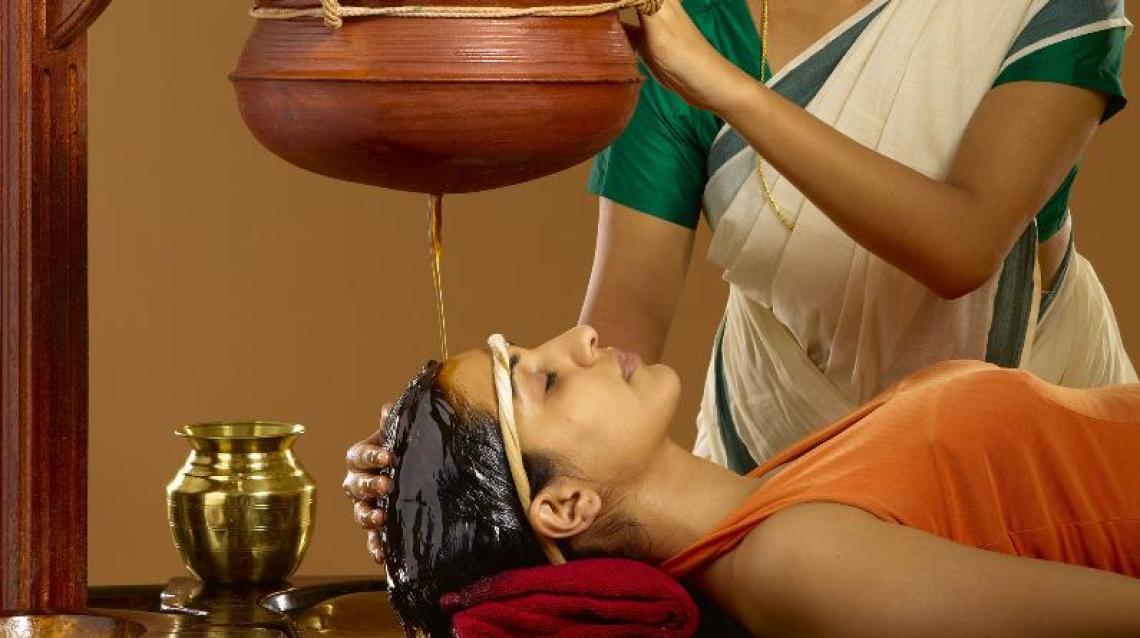
THAILA DHARA
"Thaila Dhara" is an Ayurvedic therapy known for its therapeutic benefits. It involves the continuous pouring of warm medicated oil over a specific area of the body.
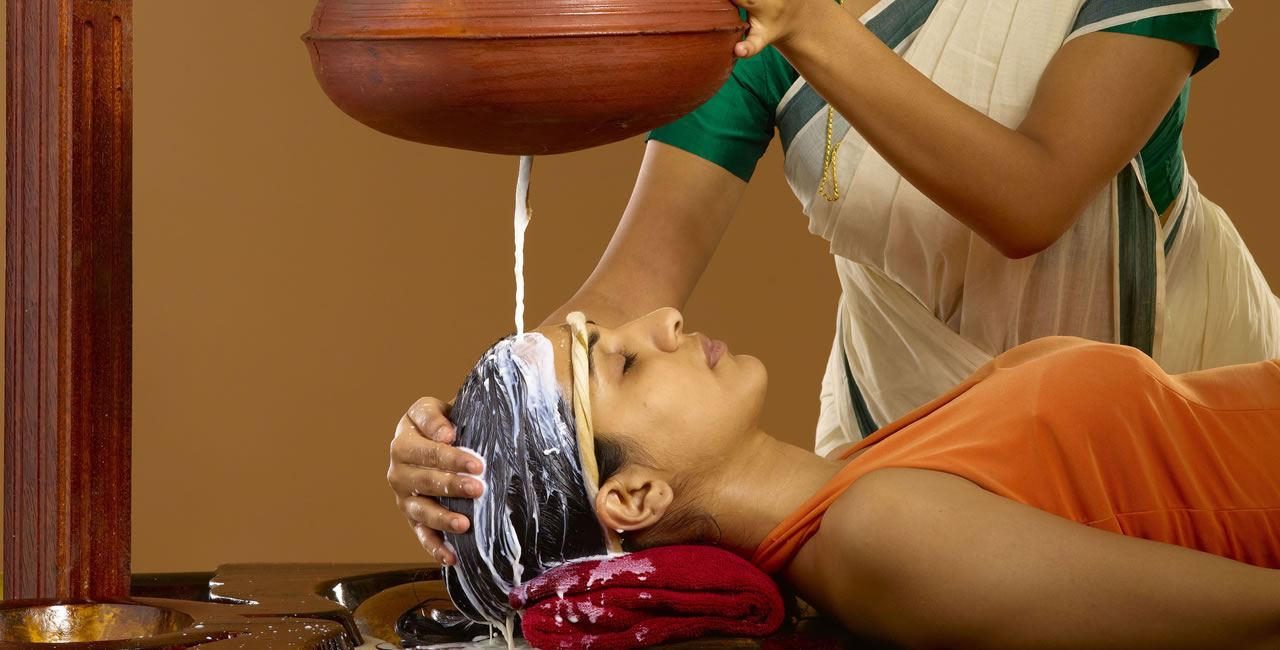
KSHEERA DHARA
"Ksheera Dhara" is another specialized Ayurvedic therapy known for its therapeutic benefits. It involves the continuous pouring of medicated milk over the body.
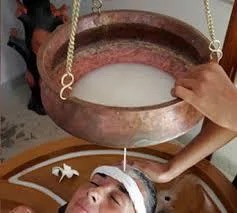
THAKRA DHARA
Takra Dhara is a traditional Ayurvedic treatment that offers a gentle and therapeutic experience for those seeking relaxation, stress relief, and solutions for specific health issues.
